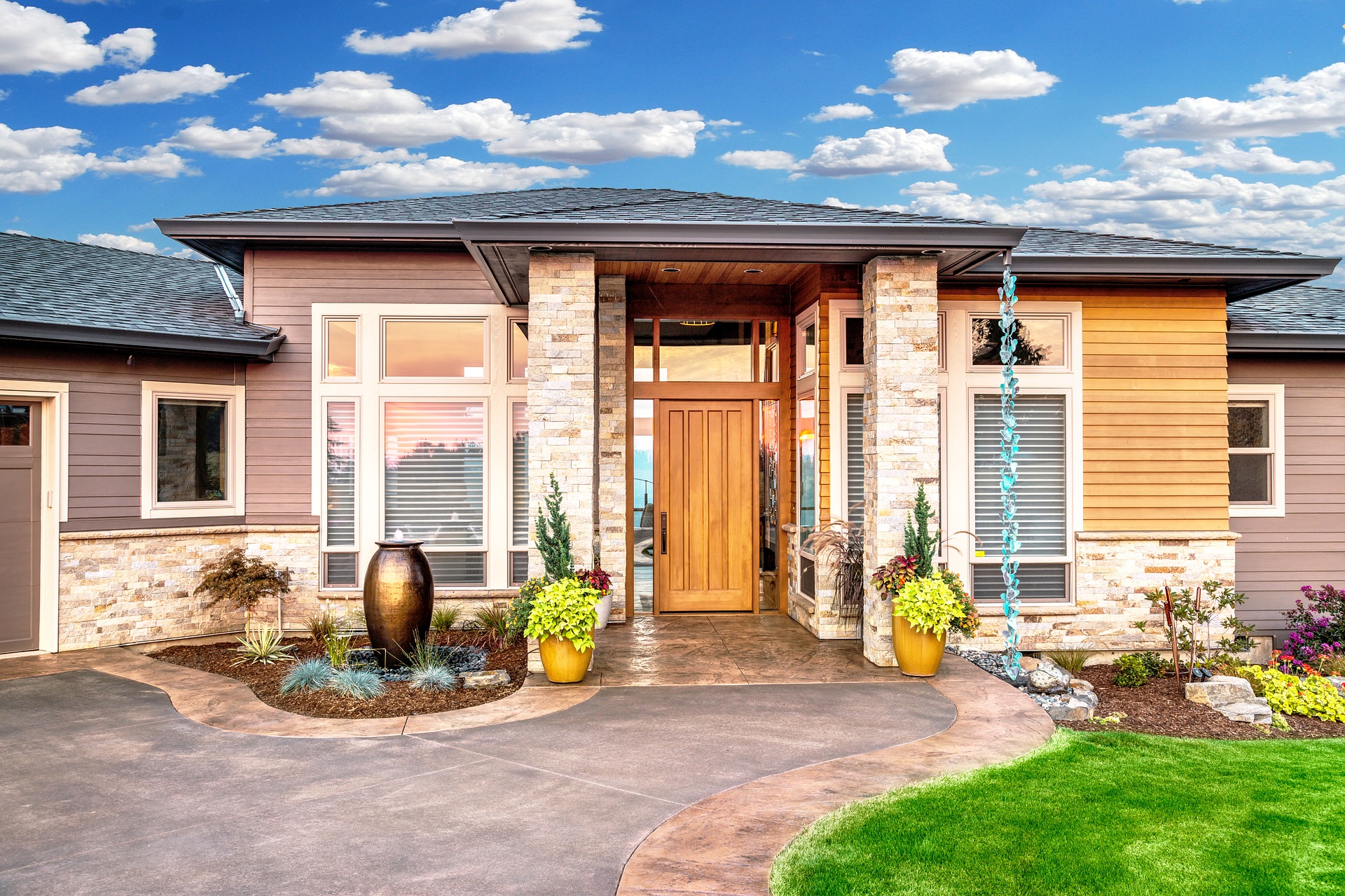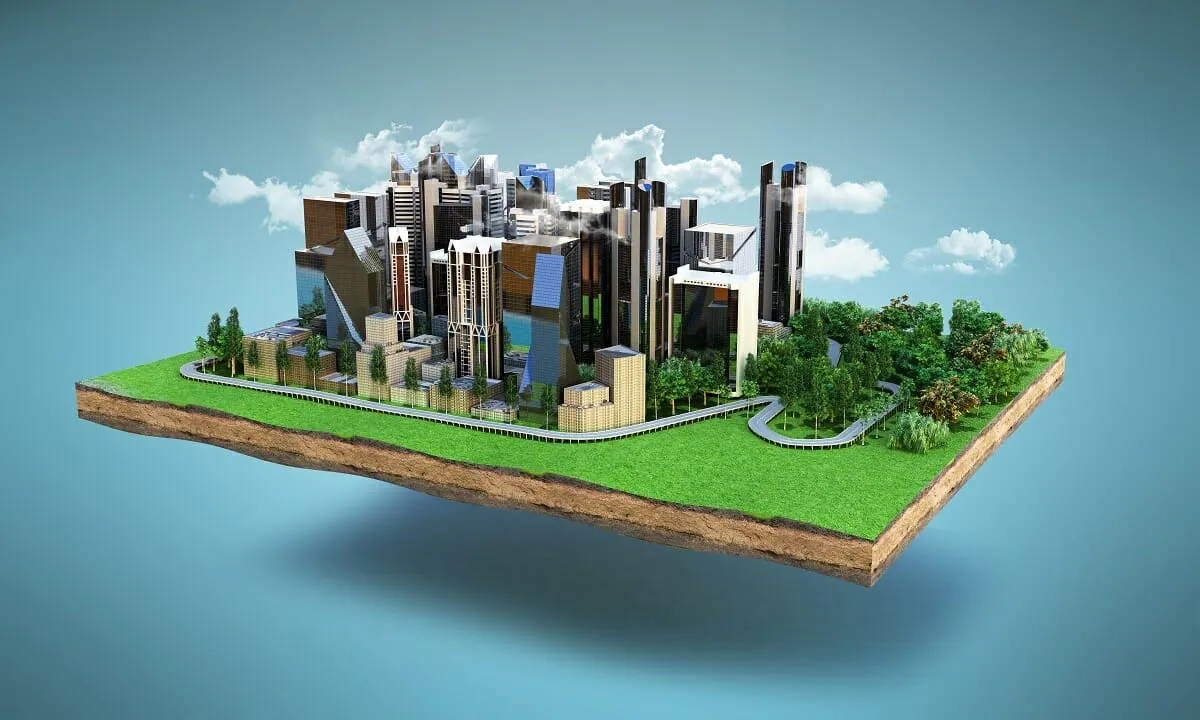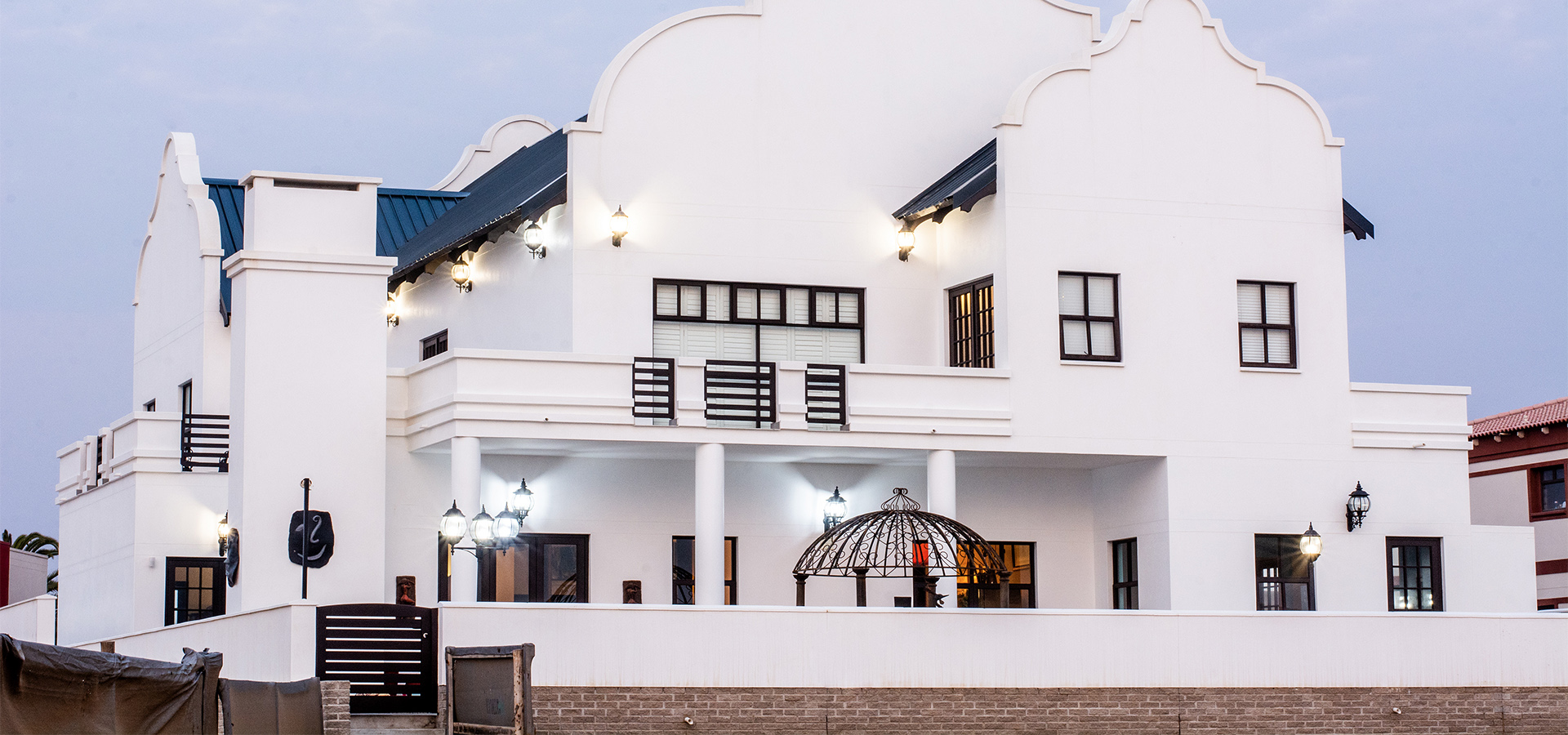The average house in Namibia in June cost 6,4% more than a year ago. It represents a decrease compared to the period June 2015 – June 2016 when the increase was 11,6%.
This was released in FNB Namibia’s Housing Index in early November.
As the economy only increased by 1,1% last year and with still jobs cuts in the country, disposable income is under significant pressure. As a result Namibian housing market as annual price growth decelerated to 6,4% for the month of June. It represents a huge decline from the 11,6% recorded a year ago.
It is not a surprise that properties spend on average 24 weeks on the market.
The bank told that “that being said, housing demand should remain weak and affordability ought to become more challenging against this sombre macro-economic backdrop.”
The regions where price growth continues are situated in the coastal region with Swakopmund and Walvis Bay, which both grew by 22% on an annual basis, and in the south. Southern property prices increased by 15% to June.
But on the other hand, house prices fell in the north by 29,6% in Oshakati and 20,5% in Rundu.
“As the economy gradually recovers, growth opportunities remain limited to the primary sectors, where mining and agriculture are rebounding from poor performances last year. However, employment and income growth is still constrained and, coupled with low consumer and business confidence, weighing on housing demand.” said the latest Knight Frank quarterly report.
FNB Namibia expects property prices to decelerate even further.




